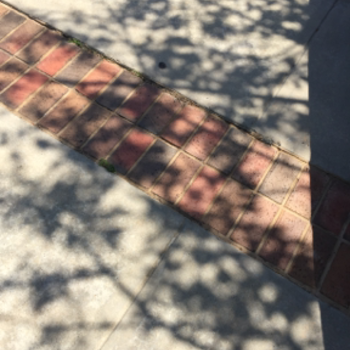Question #1425d
1 Answer
Explanation:
Assuming the "look" is pertaining to the formula, the force acting on a charge
Hence,
k is the force (Columb's) constant:
If you were
So Coulomb's law also says that there are two forces, one acting on each charge body, have the same strength but in the opposite directions. (That's because of Newton's 3rd Law.) Can you see what the law look like now?
In the presence multiple charges, say 5 charges, what is the total force acting on any one of the charges then? Each charge sees the presence of 4 others, meaning there are 4 possible pairings that contribute to the forces. Each charge thus experiences 4 forces, tugging or pushing it.
Hope you can see and feel the force now.

